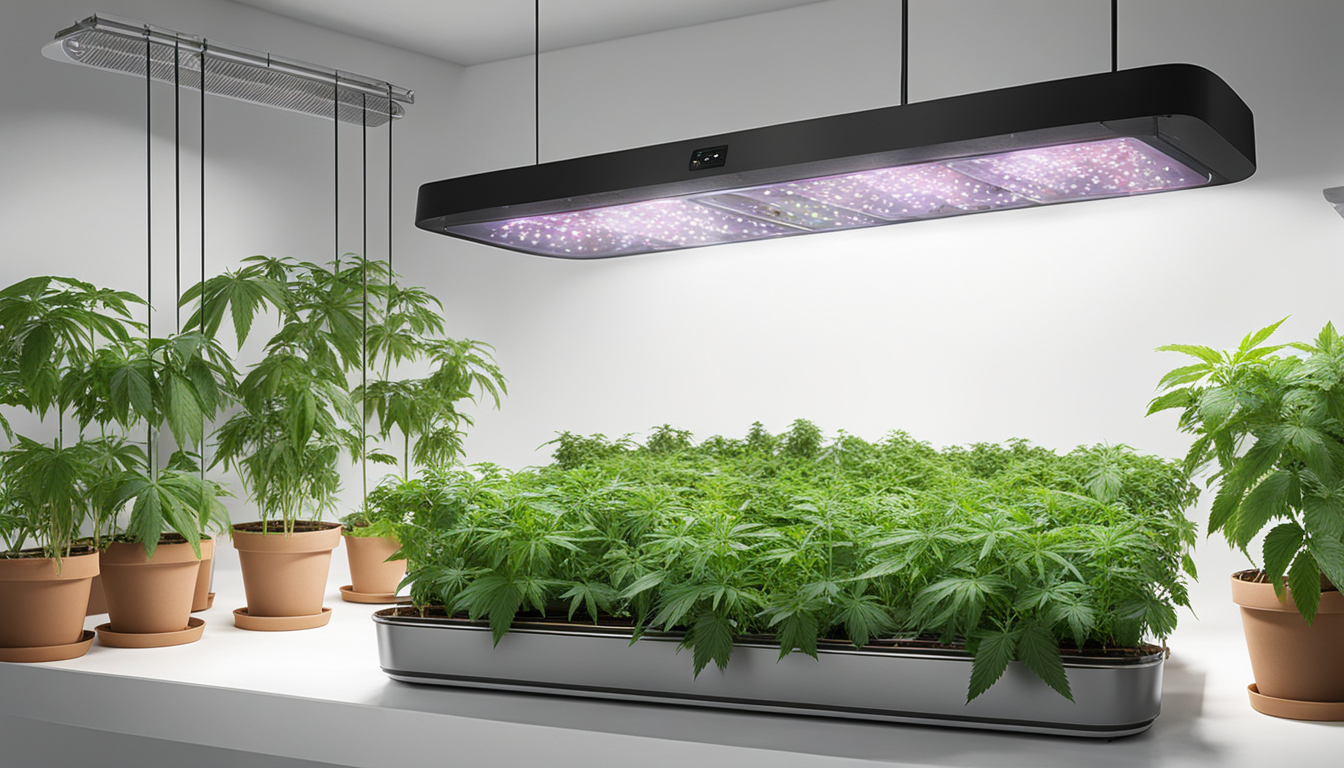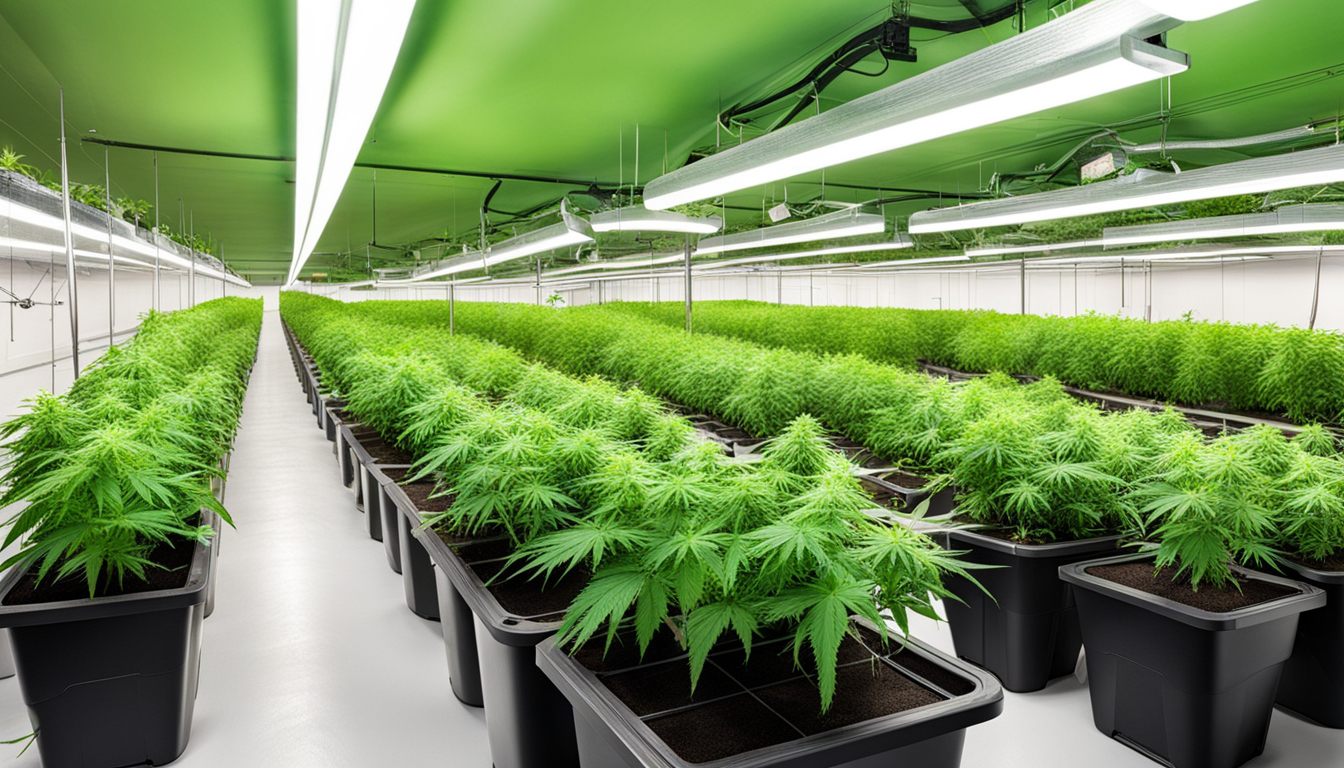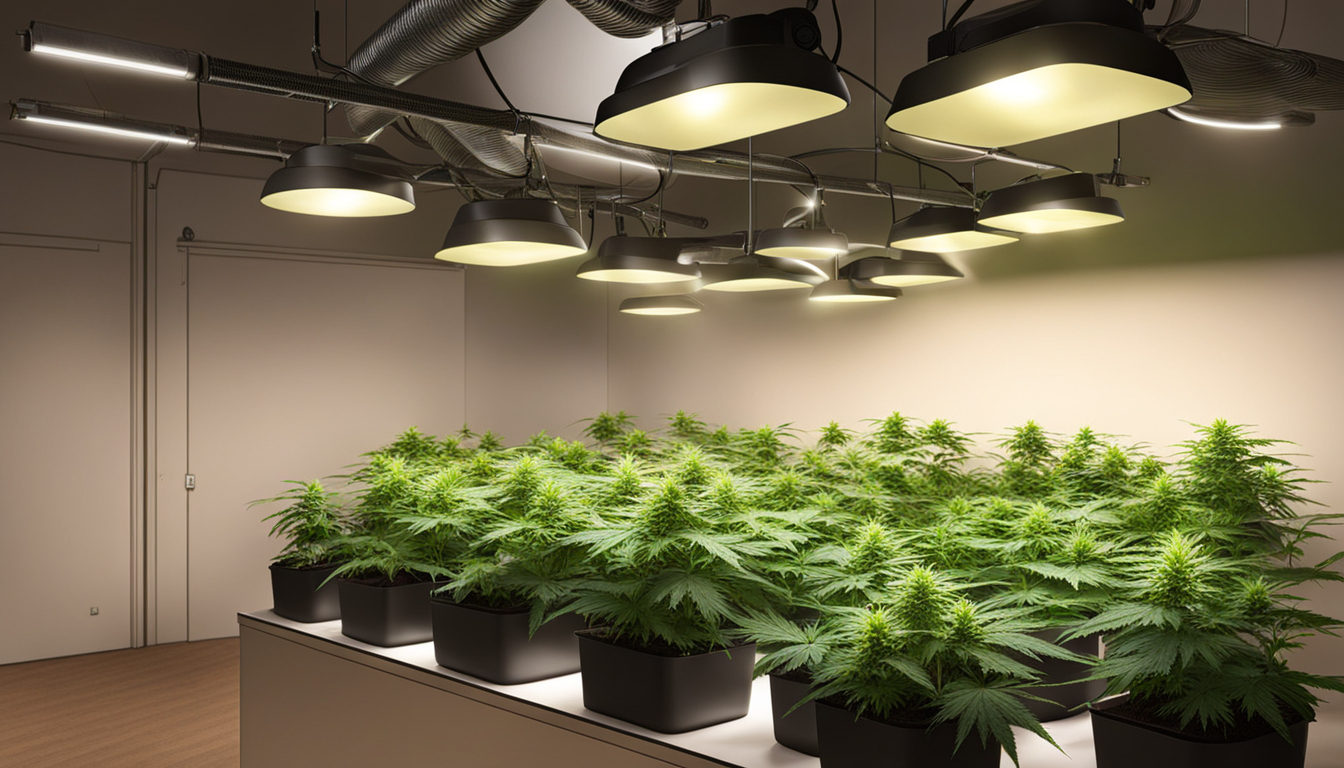
Whether you're new to pot cultivation or looking to improve your existing grow, following this complete guide will help you produce big, high-quality yields right at home. With the right supplies, techniques, and care, growing marijuana indoors can be an extremely rewarding and cost-effective endeavor.
Choosing Cannabis Strains
The first step in planning your indoor crop is choosing the right cannabis strains to cultivate. The three main types of weed plants each have their own traits.
Energizing strains
Known for their uplifting mental effects, sativas grow tall and slender with narrow leaves. They thrive in hotter equatorial climates and have a longer blooming time between 2.5-3 months indoors. Top energizing varieties include Sour Diesel, Durban Poison, and Jack Herer.
Indicas
Indicas provide relaxing full-body effects and spread short and bushy with wide leaves. Adapted to cooler mountain climates, they flower faster within 8-9 weeks. Popular indica strains include Granddaddy Purple, Northern Lights, and Bubba Kush.
Hybrids
Hybrid strains blend traits from both sativas and indicas. They offer combined effects and have moderate blooming times around 2.25-2.5 months. Popular mixes are OG Kush, Girl Scout Cookies, and Blue Dream.

Setting Up Your Grow Space
Cannabis plants need the right controlled environment to flourish. Key factors for indoor cultivations are lights, airflow, layout, and finding the ideal discreet area.
Location
Choose an empty space with quick access to water and electrical outlets. An empty spare room, large closet, corner of the basement, or cultivation tent securely placed in a garage all make great hidden grow room spots.
Lights
Marijuana requires strong light for all growth stages. LEDs are energy-efficient and come in full spectrum options replicating real sunlight. Cover 250-400 watts per square foot for the vegetative stage and 400-600 watts per sq. ft. for flowering.
Airflow
Proper airflow and exhaust systems maintain ideal temp, humidity, and fresh CO2 levels. Install low-noise 4-6 inch fans or scrubbers to refresh stale air and reduce odors.
Layout
Optimize your space by positioning plants strategically under the lamps and leaving room to access and work around them. Set up distinct zones for vegetation, bloom, curing, and cloning.

Cultivation Mediums
Pot can be grown in various mediums, each with benefits and cons. Pick a suitable option for your specific setup and cultivation style.
Soil
The classic substrate, soil is affordable and easy for new growers. It provides great taste but requires more watering and nutrients to nourish plants. Enrich soil with vermiculite or coco to improve drainage.
Coconut coir
Made from coconut husks, renewable coconut fiber retains water but still lets in air to the roots. It's cleaner and more consistent than soil. Use coco-specific nutrients to prevent calcium buildup.
Hydroponics
In water systems, plant roots grow right in fertilizer water solution. This enables quick growth but needs close observation of water properties. Deep water culture and drip systems are popular techniques.
Germinating Seeds
Sprouting activates your weed seeds to start growing taproots. This prepares them for transplanting into their cultivation medium.
Paper Towel Method
Put seeds between wet paper towels and keep them damp. Inspect after 2-7 days for growing radicles indicating germination is complete.
Planting directly
Insert seeds directly into pre-moistened cultivation medium 6mm cannabis indoor deep. Gently water and wait 1-2 weeks until sprouts break through the top.
Rockwool Cubes
Presoak cubic rockwool starters in pH-adjusted water. Insert seeds 1⁄4 inch deep into the cubes. Keep cubes wet until sprouts appear within 1-14 days.
Transplanting Young plants
Once Contact Us Today sprouted, weed young plants need to be repotted to avoid overcrowding. Move them into appropriately sized pots.
Ready Containers
Load large pots with growing medium amended with time-released fertilizer. Let containers to absorb water overnight before transplanting.
Gently repotting
Carefully loosen young roots from germination medium using a spade. Put into prepared container at same depth as before and gently water in.
Growth Stage
The growth stage encourages foliage and plant structure through 18-24 hours of daily light exposure. This stage usually lasts 4-8 weeks.
Using 3/4 to full day of Lighting
Use lamps on a 24 daily schedule or natural sunlight to trigger constant photosynthesis. Light intensity influences height and node distance.
Nutrients
Use grow stage fertilizers richer in N. Make sure pH stays around 6.5 for proper nutrient absorption. Feed 1⁄4 to 1⁄2 strength after 2 weeks and increase gradually.
LST and topping
Topping, LST, and trellising manipulate shoot patterns for flat foliage. This boosts yields.

Flowering Stage
The blooming stage grows buds as plants reveal their sex under a 12/12 light timing. It lasts 2-3 months based on strain.
Changing Light Schedule
Switch lamps to 12/12 or move outdoors for natural 12 hour cycle. This triggers plants to start flowering.
Flushing
Leaching removes fertilizer residuals to improve taste. Feed lightly the first weeks then just use plain water the last 2 weeks.
Flushing
Maintain 12 hour photoperiod but flush using pH-balanced water only. Return to plain watering if buds aren't ripe after two weeks.
Reaping
Knowing when cannabis is completely mature delivers maximum potency and aroma. Cut down plants at peak maturity.
Signs of readiness
Look for swollen calyxes, faded pistils, and 10-15% amber trichomes. Inspect buds across the plant as they don't all mature evenly.
Harvesting plants
Use clean, sharp trimming scissors to gently cut each plant at the base. Keep several inches of stem attached.
Curing
Hang whole plants or colas upside down in a lightless room with moderate temperature and RH around 50-60% for 7-14 days.
Aging
Curing keeps drying while aging the buds like aged spirits. This process smooths bitterness and intensifies cannabinoid contents.
Jars and Humidity
Trim cured buds from stems and store into glass jars, packing about 3⁄4 full. Use a hygrometer to monitor jar moisture.
Burping Daily
Unseal jars for a short time daily to slowly reduce humidity. Rehydrate buds if humidity goes under 55%.
Final Cure
After 14-21 days when humidity levels off around 55-60%, perform a last trim and keep long-term in airtight jars.
Common Problems and Solutions
Even seasoned growers run into different weed plant problems. Detect issues soon and address them correctly to maintain a vibrant garden.
Nutrient Deficiencies
Chlorosis often indicate inadequate nitrogen. Purpling stems and leaves signal phosphorus deficiency. Test pH and boost nutrients slowly.
Pests
Thrips, aphids, fungus gnats, thrips, and nematodes are common pot pests. Use neem oil sprays, predator bugs, and sticky traps for organic control.
Powdery mildew
High moisture encourages botrytis and Watch Now bud rot. Improve circulation and circulation while reducing RH below 50% during bloom.

Summary
With this complete indoor pot cultivation guide, you now have the knowledge to cultivate bountiful potent buds for personal grows. Apply these techniques and techniques throughout the seed starting, growth, and flowering stages. Invest in quality gear and closely check on your plants. In time, you'll be rewarded with frosty aromatic buds you raised yourself under the patient guidance of your green hands. Happy growing